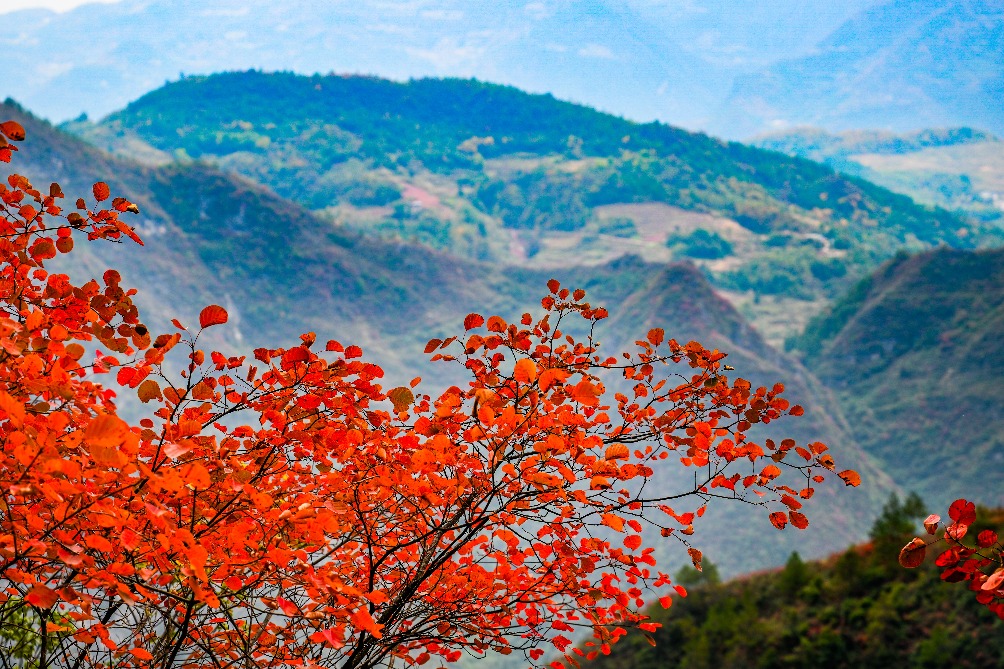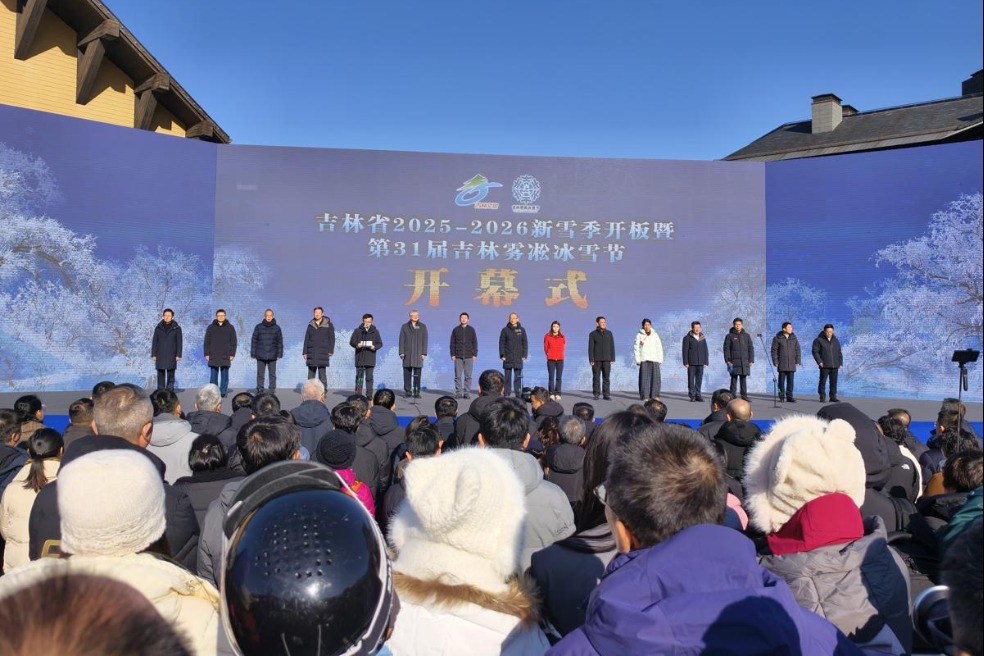Mystery of sticky lunar soil solved
Study finds space weathering makes far side regolith clumpy and cohesive


When China's Chang'e 6 robotic probe returned with lunar samples from the far side of the moon last year, scientists noticed something peculiar — the lunar soil, or regolith, was unexpectedly sticky.
While soil collected from the near side of the moon by the Chang'e 5 probe was loose and sandy, the regolith samples from the far side — the face of the moon that never turns toward Earth — were clumpy and cohesive. That mystery has now been solved.
In a study published on Monday in the journal Nature Astronomy, a team of researchers from the Chinese Academy of Sciences attributed the stickiness of lunar regolith from the far side to the geometry of the particles, which are extremely small, very sharp and unusually jagged.
Space weathering, or exposure to harsh weather for millions of years, can not only pulverize soil particles, but also melt and fuse them into irregular-shaped globs. As the lunar far side is more weathered, the regolith is more cohesive — a finding that could influence how future lunar bases are built.
The research was launched after Hu Hao, chief designer of the Chang'e 6 mission, noted in June 2024 that the lunar regolith collected from the South Pole-Aitken Basin on the far side appeared "slightly more cohesive and somewhat clumpier" than the soil samples brought back to Earth from the near side of the moon.
A team led by Qi Shengwen, a professor at the CAS' Institute of Geology and Geophysics, subjected the samples from the lunar far side to a series of tests. They performed an "angle of repose" test, which essentially involves letting the soil pass through a funnel to see how steep a pile it could form without sliding.
The results showed that lunar regolith from the far side forms a much steeper slope, behaving more like damp garden soil than dry beach sand.
Researchers first looked for the obvious culprits — moisture or magnetism — for such cohesive behavior, but found neither. The lunar soil contained no clay and only trace amounts of magnetic minerals, so they postulated that the answer could lie in the geometry of the particles.
Using high-resolution computed tomography scans to analyze more than 290,000 individual grains, the team found that particles from the far side are extremely small — averaging 48.4 microns in diameter — as well as unusually jagged and very sharp.
Qi said these properties create an environment conducive to cohesion. The rough surface increases friction, interlocking the particles, and because the particles are so small, they are subject to weak intermolecular bonds, such as the van der Waals forces, he noted.
"This is unusual. Typically, finer particles are more spherical. Yet, the Chang'e 6 soil samples, despite being fine, have more complex shapes," Qi said.
Researchers attributed these unique soil properties to the violent history of the lunar far side, which was subject to intense space weathering, including constant bombardment by micrometeoroids and lashing by solar winds.
The regolith on the far side is also rich in feldspar, a mineral that tends to fracture into jagged pieces rather than wearing down smoothly.
Understanding the texture of lunar soil is more than pure scientific curiosity; it is a critical engineering challenge for future exploration.
Sticky, abrasive soil can clog machinery, coat solar panels and jam the joints of space suits. Knowing these properties helps engineers design better rovers and landing pads.
"The research results will provide a key theoretical basis for the future construction of lunar bases and the development of lunar resources," Qi said, adding that whether such cohesive soil can be used as construction material is a matter of further studies.
The new findings come as China accelerates its space program.
The country has announced its plans to land astronauts on the moon before 2030. To achieve that goal, engineers are developing the Long March 10 carrier rocket, a new generation of manned spacecraft and a "mobile lunar lab "capable of long-term unmanned operations and short-term human stays.
limenghan@chinadaily.com.cn
- Mystery of sticky lunar soil solved
- Blueprint put Fuzhou on track for transformation
- Report on Shenzhen-Jiangmen railway collapse documents regulation violations
- GX Foundation opens its global headquarters in Hong Kong
- China's success in development empowers Global South
- Study explains why Chang'e 6 moon soil is unexpectedly sticky




































